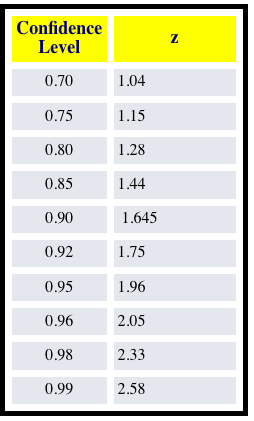Create functions for computing various prediction horizons.
See original GitHub issueCurrently, xr_predictability_horizon is a simple test for finding the lead time to which the initialized skill beats out persistence/uninitialized.
def xr_predictability_horizon(skill, threshold, limit='upper'):
"""
Get predictability horizons of dataset from skill and
threshold dataset.
"""
if limit is 'upper':
ph = (skill > threshold).argmin('time')
# where ph not reached, set max time
ph_not_reached = (skill > threshold).all('time')
elif limit is 'lower':
ph = (skill < threshold).argmin('time')
# where ph not reached, set max time
ph_not_reached = (skill < threshold).all('time')
ph = ph.where(~ph_not_reached, other=skill['time'].max())
return ph
However, it does not account for two forms of statistical significance: (1) Need to check first that the skill of the initialized prediction (pearson correlation coefficient) is significant (p < 0.05 for example). (2) Need to then check the point to which the initialized skill is significantly different from the uninitialized skill. You first do a Fisher r to z transformation so that you can compare the correlations one-to-one. Then you do a z-score comparison with a lookup table to seek significance to some confidence interval.
Fisher’s r to z transformation:

z-comparison: https://www.statisticssolutions.com/comparing-correlation-coefficients/
z-score thresholds for different confidence levels:

I’ve written up this code in my personal project, so I just need to transfer it over to the package:
def z_significance(r1, r2, N, ci='90'):
"""Returns statistical significance between two skill/predictability
time series.
Example:
i_skill = compute_reference(DPLE_dt, FOSI_dt)
p_skill = compute_persistence(FOSI_dt, 10)
# N is length of original time series being
# correlated
sig = z_significance(i_skill, p_skill, 61)
"""
def _r_to_z(r):
return 0.5 * (log(1 + r) - log(1 - r))
z1, z2 = _r_to_z(r1), _r_to_z(r2)
difference = np.abs(z1 - z2)
zo = difference / (2 * sqrt(1 / (N - 3)))
# Could broadcast better than this, but this works for now.
confidence = {'80': [1.282]*len(z1),
'90': [1.645]*len(z1),
'95': [1.96]*len(z1),
'99': [2.576]*len(z1)}
sig = xr.DataArray(zo > confidence[ci], dims='lead time')
return sig
Issue Analytics
- State:
- Created 5 years ago
- Reactions:1
- Comments:23

 Top Related StackOverflow Question
Top Related StackOverflow Question
I think this should be a very generic function. get some criterion as input and then just do some kind
.argmin('lead')and properly masking nans.Reimplementation suggestion: